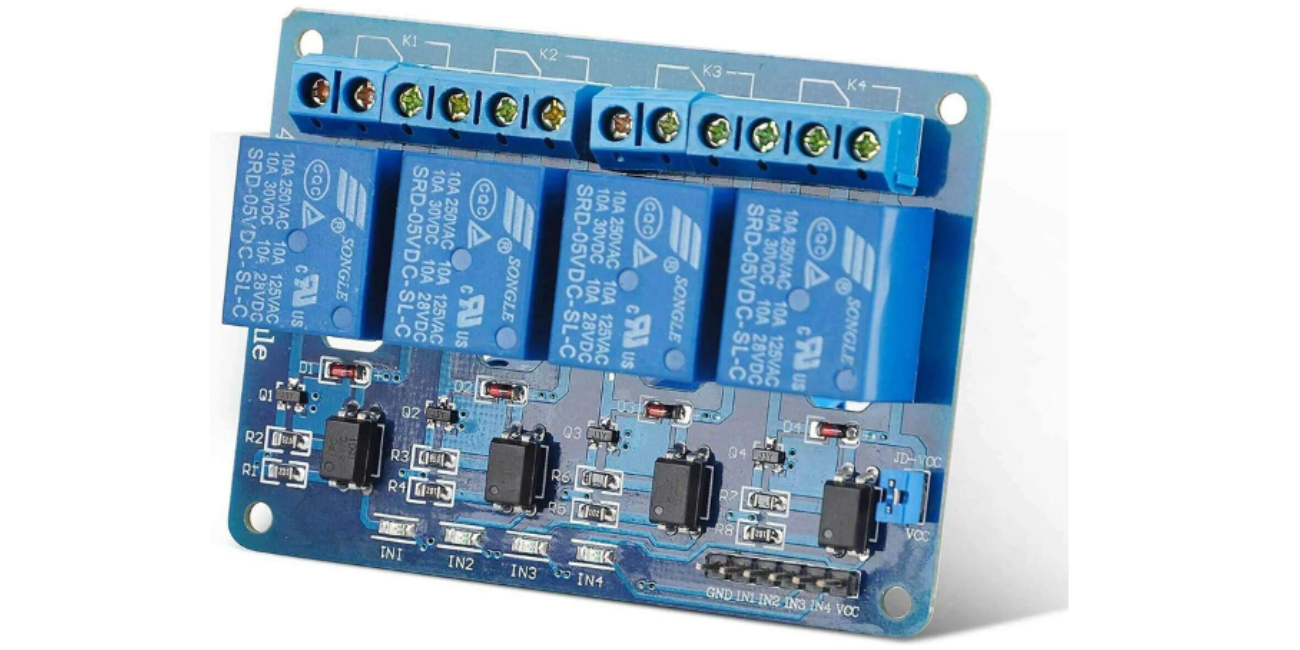
DSM Online Support
Support Master
Welcome to DSM Online
How can I help you today
How can we assist you? please let us know the support you need from DSM Online

In the realm of electronics and automation, relay modules have emerged as indispensable components. Among these, the 5V 4 Channel Relay Module stands out for its versatility and ease of use. This compact module allows you to control four independent circuits using a low-voltage 5V signal, making it ideal for a wide range of applications.
What is a 5V 4 Channel Relay Module?
A 5V 4 Channel Relay Module is essentially a circuit board that integrates four individual relays. Each relay acts as an electrically operated switch, enabling you to control high-voltage or high-current devices with a low-voltage signal. This isolation between the control signal and the load circuit enhances safety and reliability.
Key Features and Benefits:
Applications of 5V 4 Channel Relay Modules:
How to Use a 5V 4 Channel Relay Module:
Wiring Diagram:
[Include a basic wiring diagram of the 5V 4 Channel Relay Module, illustrating the power connections, control signals, and load connections.]
Troubleshooting Tips:
Conclusion:
The 5V 4 Channel Relay Module is a powerful and versatile component that can significantly enhance the capabilities of your electronic projects. By understanding its features, applications, and usage, you can effectively leverage this module to create innovative and efficient solutions for a wide range of challenges.
Disclaimer:
This blog post is for informational purposes only and does not constitute professional advice. Always refer to the manufacturer's datasheet and exercise caution when working with electrical circuits.
By incorporating this comprehensive and informative blog post into your website, you can effectively target relevant keywords and provide valuable information to your audience, ultimately improving your website's search engine ranking and attracting more visitors.